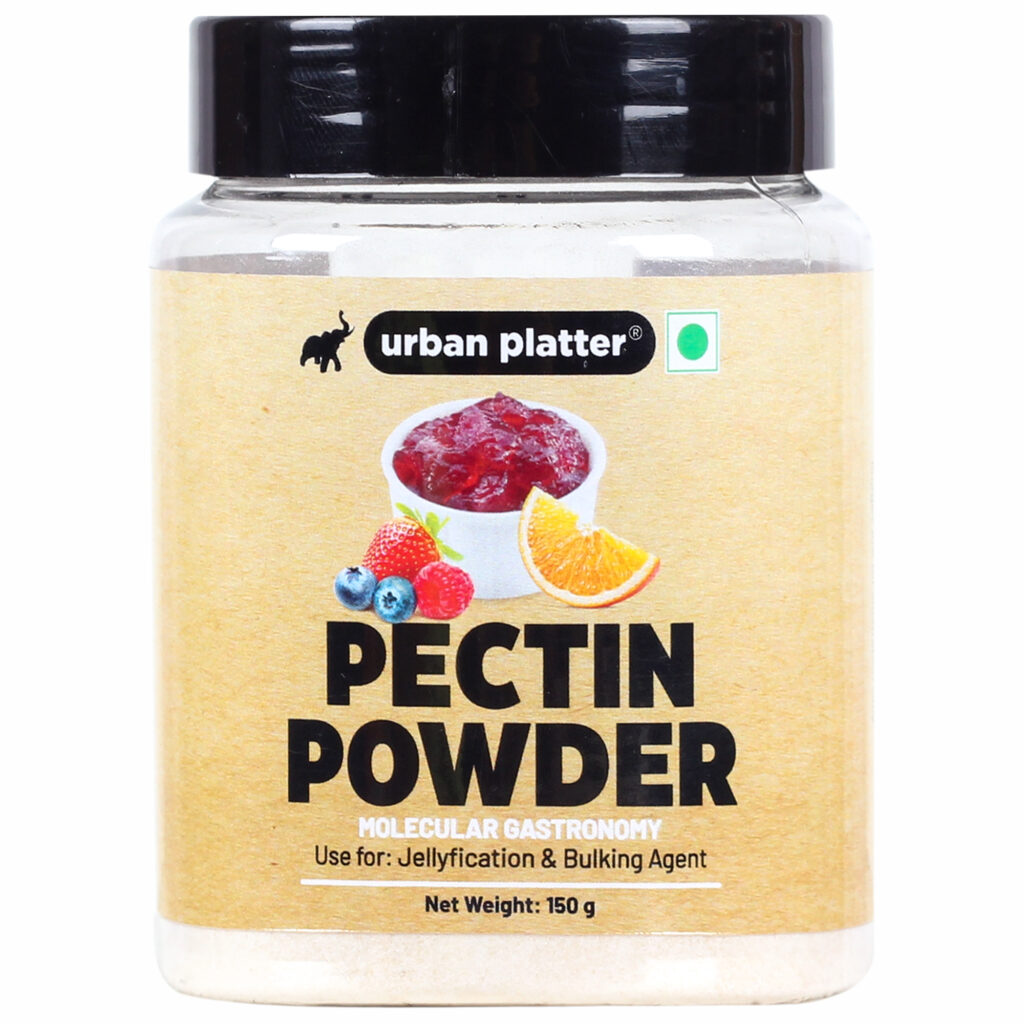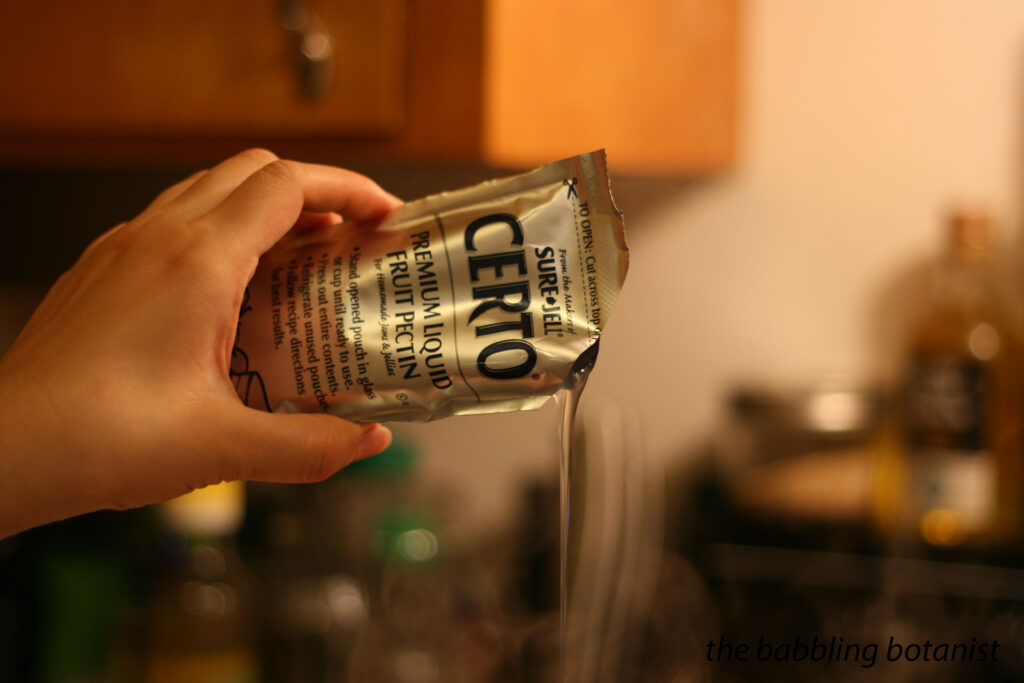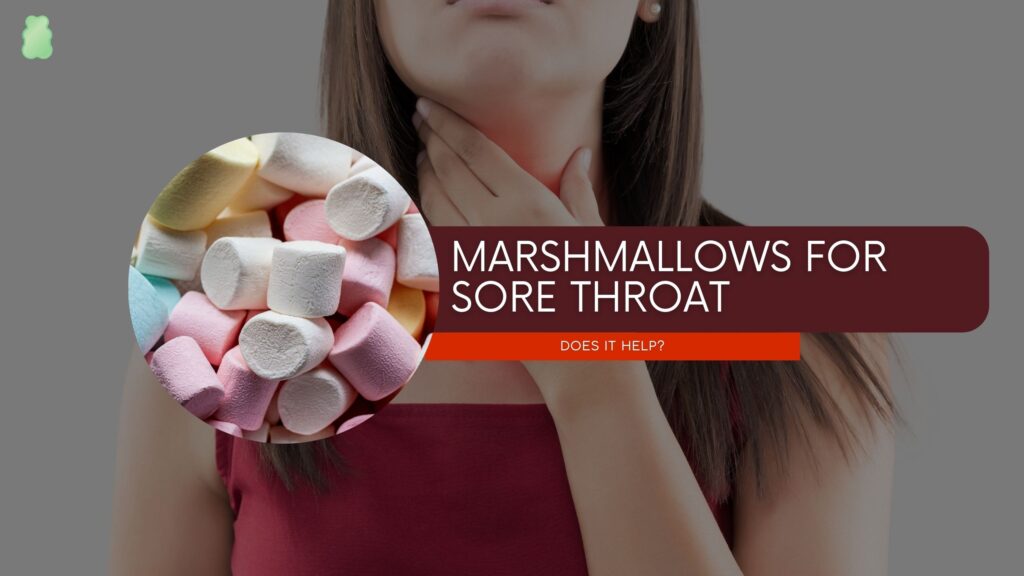Dr. Susan Francis is a passionate medical professional with over 4.5 years of experience in the field. She received her medical degree from the University of Michigan and completed her residency at the Mayo Clinic.
In addition to her clinical work, Dr. Francis has a strong interest in medical writing and editing. She has edited numerous articles for medical journals and is a regular contributor to several healthcare publications.
Dr. Francis is committed to promoting accurate and accessible medical information to the public. In her free time, she enjoys staying up to date on the latest medical research and volunteering at local healthcare clinics.












Pingback: Agar Vs. Gelatin : A Detailed Comparison (August 2021) | RealGoodGummies
Pingback: Pectin Vs. Gelatin: The Ultimate Guide To Choosing The Right Gummies In 2023
Pingback: What Is Pectin & Benefits Of Pectin | RealGoodGummies
Pingback: Is Pectin Gluten Free, Read This Before You Take Pectin! | RealGoodGummies
Pingback: Pectin For Sore Throat, A Perfect Home-Remedy? | RealGoodGummies
Pingback: What Is Agar, Is It Good For You?
Pingback: Pectin Substitute: Exploring The Best Alternatives For Pectin In Recipes | RealGoodGummies